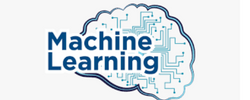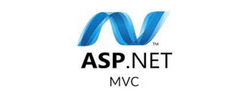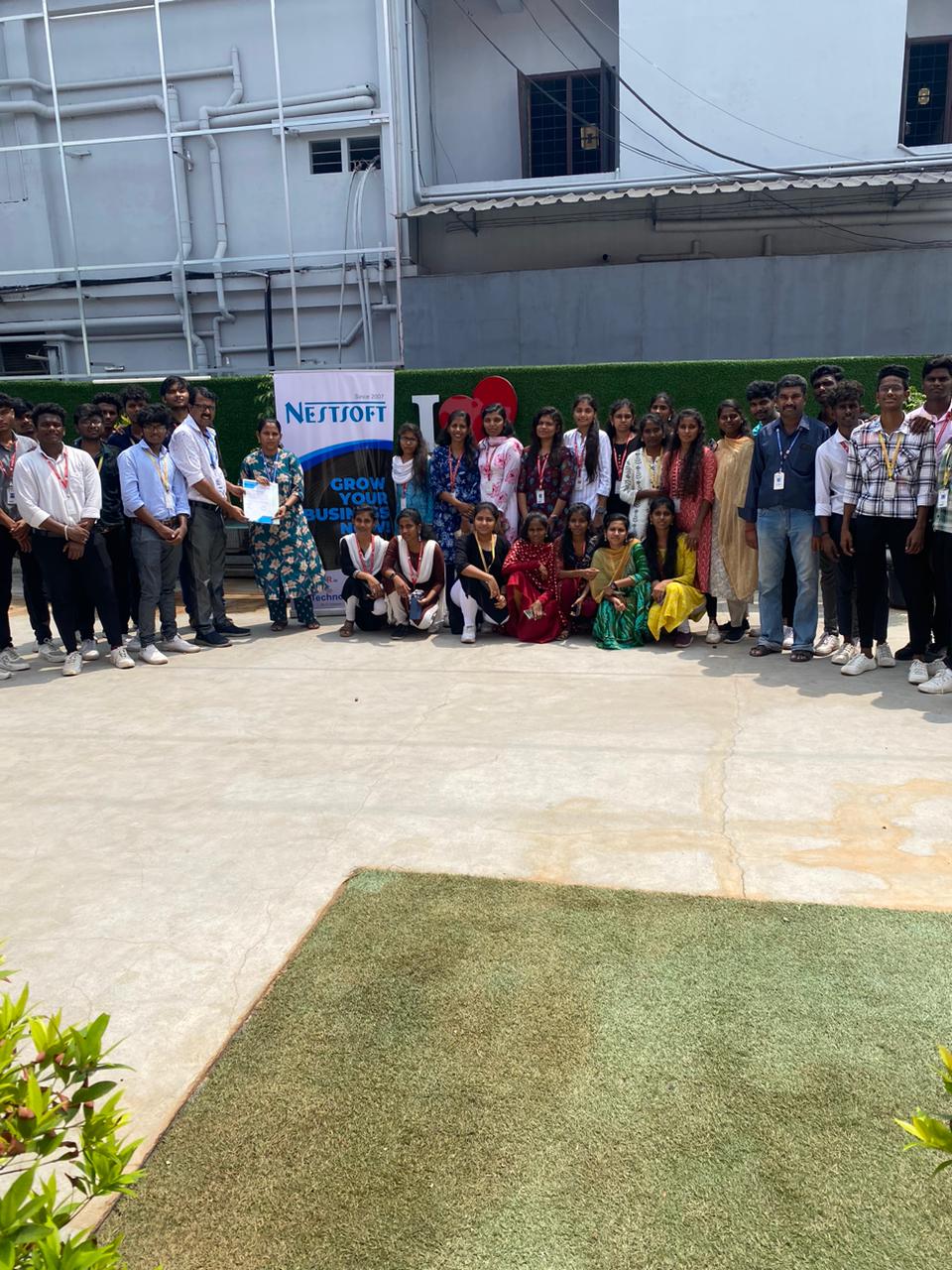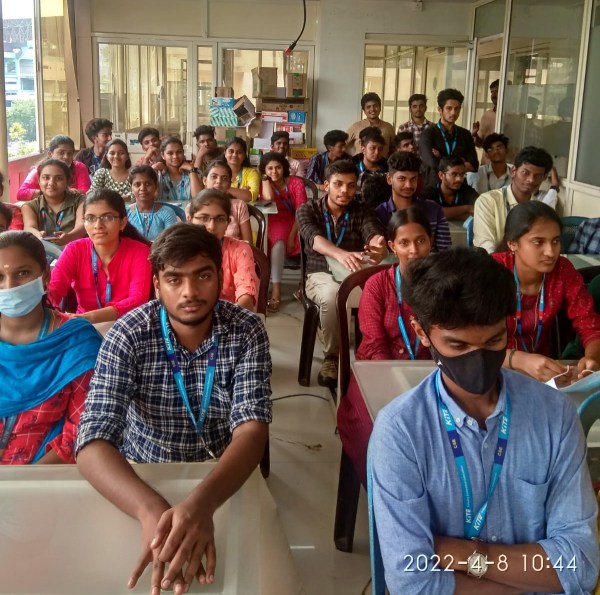Deep Learning Training by Experts
Our Training Process

Deep Learning - Syllabus, Fees & Duration
MODULE 1
- Introduction to Tensor Flow
- Computational Graph
- Key highlights
- Creating a Graph
- Regression example
- Gradient Descent
- TensorBoard
- Modularity
- Sharing Variables
- Keras Perceptrons
- What is a Perceptron?
- XOR Gate
MODULE 2
- Activation Functions
- Sigmoid
- ReLU
- Hyperbolic Fns, Softmax Artificial Neural Networks
- Introduction
- Perceptron Training Rule
- Gradient Descent Rule
MODULE 3
- Gradient Descent and Backpropagation
- Gradient Descent
- Stochastic Gradient Descent
- Backpropagation
- Some problems in ANN Optimization and Regularization
- Overfitting and Capacity
- Cross-Validation
- Feature Selection
- Regularization
- Hyperparameters
MODULE 4
- Introduction to Convolutional Neural Networks
- Introduction to CNNs
- Kernel filter
- Principles behind CNNs
- Multiple Filters
- CNN applications Introduction to Recurrent Neural Networks
- Introduction to RNNs
- Unfolded RNNs
- Seq2Seq RNNs
- LSTM
- RNN applications
MODULE 5
- Deep learning applications
- Image Processing
- Natural Language Processing
- Speech Recognition
- Video Analytics
This syllabus is not final and can be customized as per needs/updates




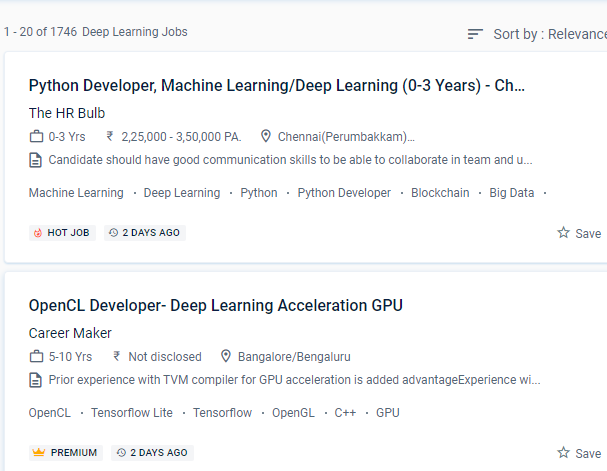
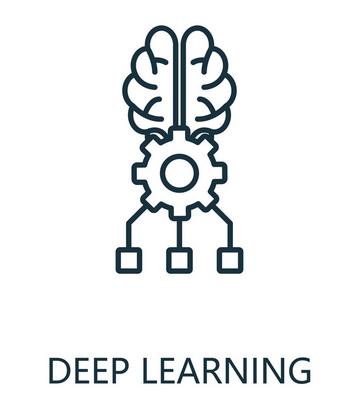 Every day, businesses collect massive volumes of data and analyze it to get actionable business insights.
Deep learning is a subset of machine learning (ML), which is essentially a three-layer neural network. This deep learning course in Hastings is mainly recommended for software engineers, data scientists, data analysts, and statisticians who are interested in deep learning. Deep learning models in the real world could be used for driverless cars, money filtration, virtual assistants, facial recognition, and other applications. Deep learning teaches using botorganizeded anorganizedtured data. Students receive practical experience by working on real-world projects. One of the key benefits of employing deep learning is its capacity to perform feature engineering on its own.
Because there is a strong demand for skilled deep learning engineers in various fields, this deep learning course in Hastings certification training is ideal for intermediate and advanced experts. Companies like to hire people who have completed this deep learning course.
.
Every day, businesses collect massive volumes of data and analyze it to get actionable business insights.
Deep learning is a subset of machine learning (ML), which is essentially a three-layer neural network. This deep learning course in Hastings is mainly recommended for software engineers, data scientists, data analysts, and statisticians who are interested in deep learning. Deep learning models in the real world could be used for driverless cars, money filtration, virtual assistants, facial recognition, and other applications. Deep learning teaches using botorganizeded anorganizedtured data. Students receive practical experience by working on real-world projects. One of the key benefits of employing deep learning is its capacity to perform feature engineering on its own.
Because there is a strong demand for skilled deep learning engineers in various fields, this deep learning course in Hastings certification training is ideal for intermediate and advanced experts. Companies like to hire people who have completed this deep learning course.
.

























